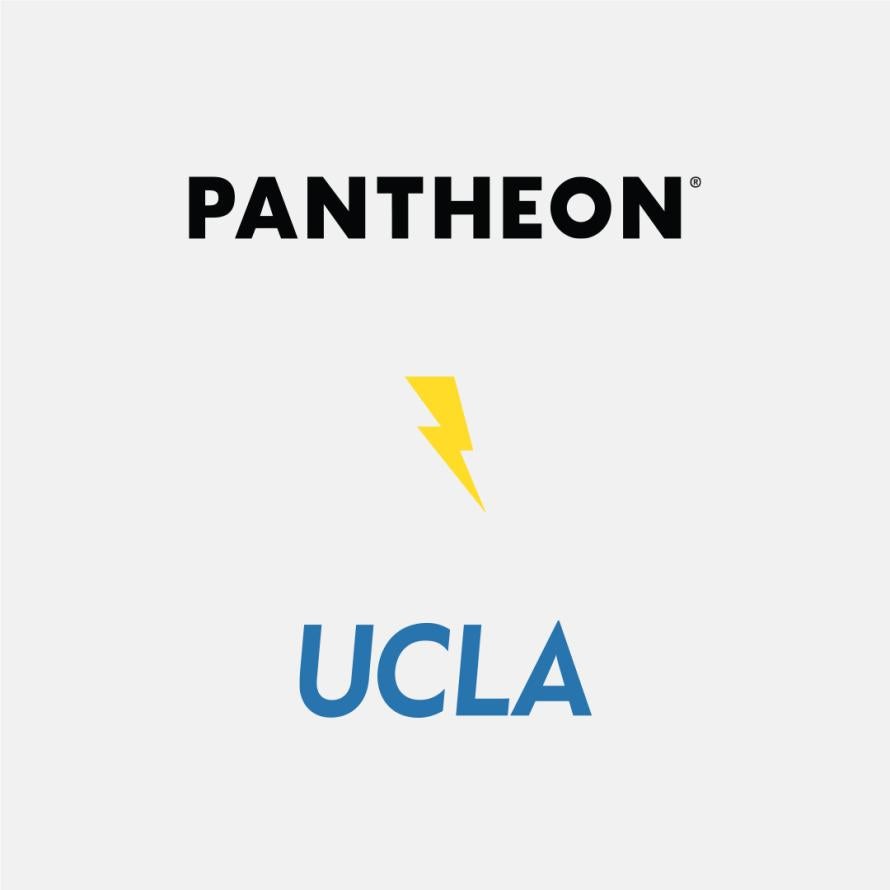Filters
Content Type
Topics
Understanding the Impact of Compliance in Higher Ed
Compliance is a hot topic in higher education. What do we mean by “compliance?” While following laws and regulations is important, compliance goes beyond that. It’s about establishing an ethical academic environment that includes student rights, finances, academic honesty and data security. Each area requires careful monitoring to uphold high moral standards and protect the community’s interests.
Image

The Higher Education Compliance Alliance (HECA) offers numerous resources, such as the Compliance Matrix, to help administrators navigate this complicated task. It instills a culture of responsibility and accountability in higher education institutions. By leveraging the expertise and guidance offered by HECA, administrators can better manage risk, avoid costly penalties and foster a culture of compliance that benefits the entire campus community.
This article will provide practical tips and proven strategies for ensuring institutions stay compliant.
Navigating the Sea of Standards: A Guide for Administrators to HECA
HECA is a valuable resource for college and university administrators, as it provides a roadmap for compliance with various federal and state regulations. Staying updated with the latest compliance standards can be challenging, but HECA can help.
One of the most useful tools provided by HECA is the Compliance Matrix, which details the areas of compliance that institutions must address. This matrix covers various topics, including the Americans with Disabilities Act (ADA), Title IX, the Family Educational Rights and Privacy Act (FERPA) and the Clery Act. By familiarizing themselves with these resources, administrators can ensure that their institutions remain compliant and avoid costly penalties.
Despite the guidance provided by HECA, many colleges and universities still struggle to maintain compliance in certain areas. Some of the most common challenges include:
- Academic records management: Ensuring the privacy and security of student records per FERPA regulations.
- Making accommodations for disabilities: Providing equal access and support for students with disabilities, as mandated by the ADA.
- Tuition costs and student loans: Complying with regulations related to financial aid, student loans and tuition cost transparency.
- Cyber data: Protecting sensitive student and institutional data from cyber threats and ensuring compliance with data privacy laws.
Compliance in higher education can be challenging due to the wide range of activities colleges and universities offer. Each area has its rules, from academics to research, sports and student services. This variety of standards can be difficult to navigate even for the most experienced administrators.
Note: HECA aims to provide up-to-date information, but there may be delays in updating articles due to changing compliance standards. Administrators should always use HECA's website as a guide and seek advice from their institution's legal team and other authorities to ensure full compliance.
Best Practices in Implementing Robust Compliance Programs
Compliance isn’t something that will take care of itself. Universities need to have a thorough compliance program in place to handle regulations well.
Hiring a Compliance Officer
Hiring a compliance officer is an important step in achieving this. A dedicated professional overseeing compliance greatly improves the chances of success. This ensures that all departments have a central contact for all compliance issues, leading to a more streamlined and effective approach to resolving problems.
Integrating Compliance into the Institution's Culture
One crucial aspect of a successful compliance program is integrating compliance into the institution’s culture. The US Sentencing Guidelines require organizations to “promote an organizational culture that encourages ethical conduct and a commitment to compliance with the law.” To achieve this, institutions should consider incorporating compliance metrics into employee performance evaluations, rewarding compliant behavior and disciplining breaches when necessary. By making compliance an integral part of the institution’s values and practices, administrators can create a more proactive and prevention-focused environment.
Continuous Monitoring and Updating of Policies
Another important part of a compliance program is the continuous monitoring and updating of policies. The compliance officer should regularly review existing policies to ensure they align with the latest regulatory requirements and best practices. This ongoing process helps identify potential gaps or areas of improvement, allowing the institution to adapt and remain compliant in the face of changing standards.
Training and Equipping Team Members
Institutions should also provide appropriate training to team members, equipping them with the knowledge and skills to handle compliance issues effectively. By allowing employees to spot potential risk areas before problems arise, institutions can have a more proactive approach to compliance and mitigate the likelihood of costly violations.
Strong change management practices are important when implementing large-scale changes to compliance programs. Effective change management ensures that new policies, procedures and practices are successfully adopted and integrated into the institution’s operations.
Cyber Compliance With Pantheon
Campuses rely on the internet more than ever, with public colleges enrolling about 7.5 million online students in 2022. This increased reliance on technology also presents many compliance challenges.
Ensuring the security of students’ data is a primary concern for higher education institutions. They must adhere to strict regulations to protect sensitive information from unauthorized access or breaches. Accessibility compliance is also important, as institutions must ensure their online content and resources are accessible to all students, including those with disabilities.
Maintaining the integrity of a higher education institution’s websites is vital for both compliance and user experience. This is where Pantheon comes in – offering fast and reliable hosting for Drupal and WordPress sites.
The platform facilitates seamless collaboration between different teams. This allows for easy content creation, editing and publishing. Pantheon’s Upstreams enables IT teams to efficiently maintain a whole portfolio of sites – ideal for higher education institutions. Upstreams streamlines the management process and reduces the burden of endless update requests and maintenance tasks.
Pantheon takes security and compliance incredibly seriously and provides a suite of features to protect institutions’ assets:
- Zero-trust architecture, industry-leading compliance certifications, and rigorous security measures protect every touchpoint.
- Google Cloud Platform’s container-based architecture ensures data protection and system resilience with automated backups, retention, monitoring, patches and updates.
- A comprehensive suite of edge capabilities provides the highest security assurance levels, including Web Application Firewall (WAF), rate limiting and image optimization (IO).
- Pantheon exceeds industry-standard compliance and InfoSec with SOC2 Type 2, GDPR and FERPA certifications.
- Anti-malware and network intrusion protection safeguard against malicious attacks and unauthorized access.
Pantheon in Action: UCLA
Image

The Division of Student Affairs at UCLA managed 64 public-facing websites each with unique requirements. They turned to Pantheon and Drupal to centralize and automate workflows, ensuring brand compliance and accessibility.
Pantheon's migration tools, WebOps and automation features like Upstreams and Autopilot, streamlined workflows, enhanced productivity and ensured compliance with federal regulations and UCLA's accessibility guidelines.
Matthew Geddert, Design and User Experience Manager at UCLA Student Affairs IT, highlighted the transformative impact of the partnership: “Pantheon removes complexity from our daily operations, allowing us to focus on delivering value.”
Assessing the Impact: Consequences of Non-Compliance in Higher Education
Non-compliance with FERPA, Title IX and ADA regulations can lead to severe consequences for higher education institutions. Violations of these regulations can lead to substantial fines and sanctions. For example, non-compliance with FERPA can lead to the loss of federal funding. Non-compliance with Title IX may result in huge fines and the loss of federal funding for discrimination based on sex or visual impairments.
Universities that do not comply with regulations may face negative publicity, which can affect student enrollment, donor support and the overall public trust in the institution.
It is crucial to prioritize data privacy and security, as laws such as GDPR impose strict requirements on handling personal data. Failure to adhere to these regulations can lead to substantial fines and reputational damage.
Take the Next Step in Higher Ed Compliance Excellence With Pantheon
Compliance is a journey. Managing your online presence with Pantheon is a great step in helping you confidently handle regulatory challenges.
Download our eBook today to streamline your institution’s workflow. Discover how simplifying your institution's website can unlock many benefits for your campus community. Take the first step today to achieve compliance excellence – guaranteeing everyone a safe, dependable and compliant digital experience.


